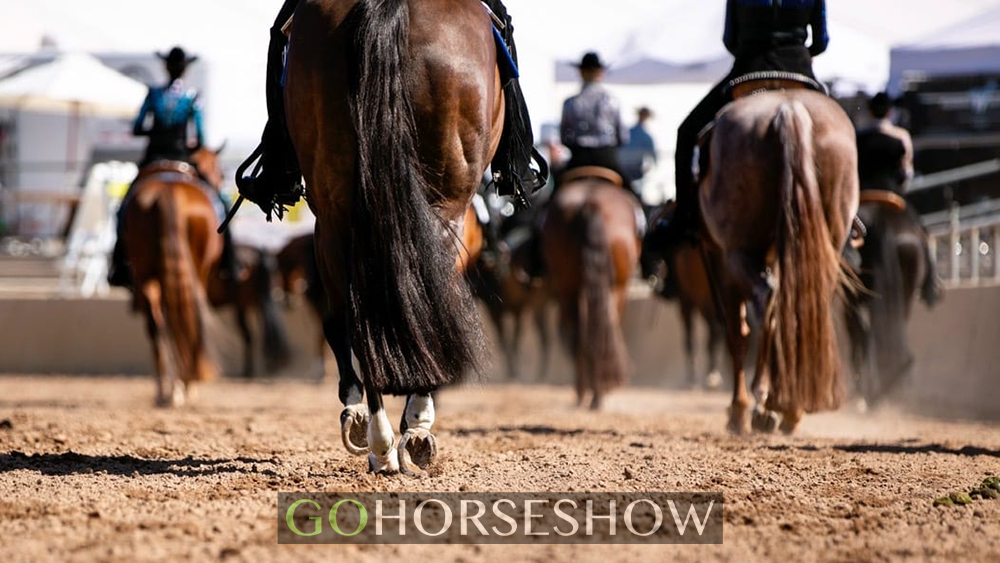Often, people make a big deal about breaking bad habits – how to change something that has gone wrong for an extended period. Perhaps this has contributed to a negative connotation of the word “habit.”
While bad habits can be detrimental to growth, good habits often set the champions apart from those who remain on the brink of success without that breakthrough.
We spoke with AQHA Judge and multiple Champion Trainer Clint Ainsworth of Clint Ainsworth Show Horses about good habits exhibitors can establish to grow as riders and showmen.
Have a Routine for Everything
Ainsworth believes that setting up good habits often begins with having a consistent routine for your horse’s care.
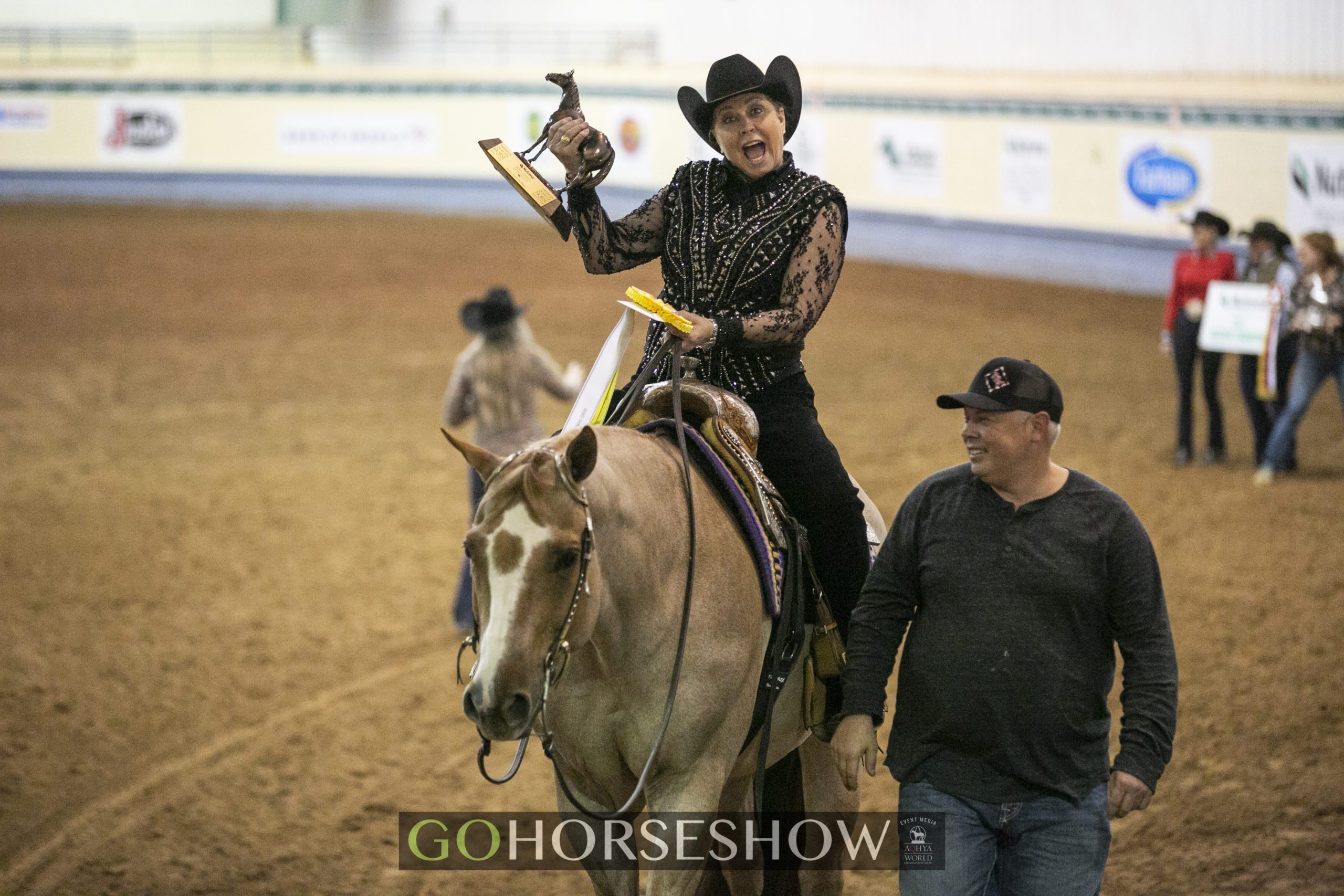 “Whether grooming, cooling down, or tacking up, I like my riders to have a routine,” Ainsworth tells us. “When you’re regimented and have a consistent step-by-step process, it allows you to focus and notice things that are abnormal or require deeper attention.”
“Whether grooming, cooling down, or tacking up, I like my riders to have a routine,” Ainsworth tells us. “When you’re regimented and have a consistent step-by-step process, it allows you to focus and notice things that are abnormal or require deeper attention.”
Routine helps to make sure you cover all your bases with your horse – it will ensure you are aware of what your horse needs and that you can do it, even if you don’t have the assistance of a professional.
“If you take care of your horse, your horse is better able to take care of you,” says Clint.
Become Detail Oriented
“When it comes to showing, there are a lot of things you can’t control – horses have bad days too, and you can’t control what the judges think of your go,” Ainsworth admits. “However, one thing you can always be in control of is your preparation process, for which you should become habitually detail-oriented.”
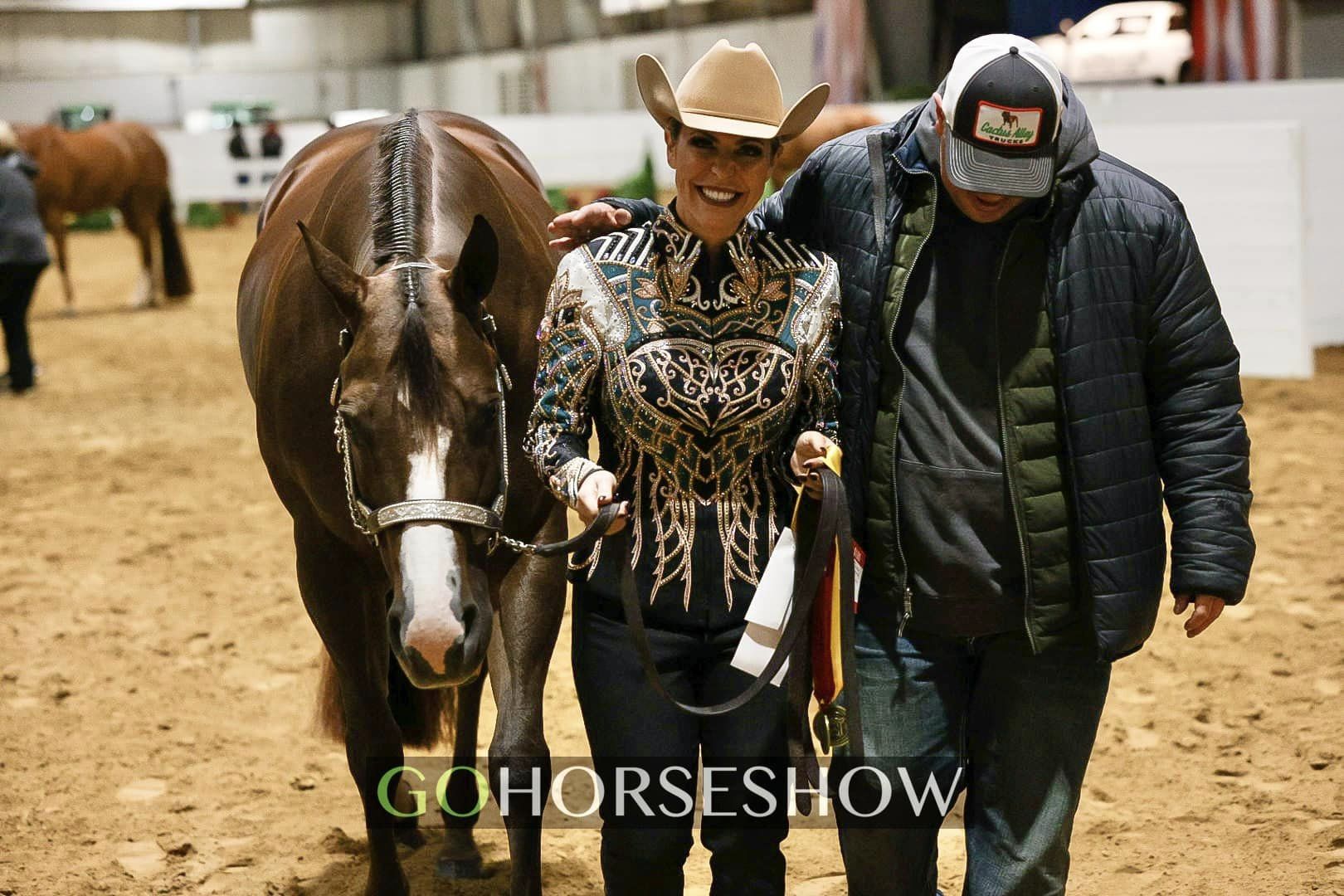
Ainsworth has found that non-pros are more nervous when they aren’t prepared to enter the ring. If you focus on control of little details prior to showing, he’s found it helps to give a sense of calm and confidence.
Therefore, instead of worrying about the unknown, get into the habit of focusing on what you are in control of. “Make sure your horse is well-groomed, your tack and clothing fit properly, and your attire is clean and professional looking,” Clint tells us. “And, make sure you know what you’re expected to do in the ring. It’s amazing the difference this feeling of preparation will give you, even when attempting new classes or showing a new horse.”
Incorporate Rider Strength Exercises
Riders tend to focus on ensuring their mounts are in shape for competition. However, they are only half of the equation. Therefore, Ainsworth recommends that riders get into the habit of emphasizing exercises that also build strength and endurance in themselves as a rider.
 Clint suggests that riders take time in every lesson to practice posting or riding in the two-point position, even if you focus on western riding events.
Clint suggests that riders take time in every lesson to practice posting or riding in the two-point position, even if you focus on western riding events.
Additionally, he suggests riders incorporate no-stirrup exercises into lessons. “You don’t need to make an entire session stirrup-free. In fact, I find that to be detrimental because the leg gets so tired that you can no longer ride the horse properly,” Ainsworth chuckles.
“However, practicing dropping the stirrups and then picking them back up is great for conditioning the legs and reinforcing balance without overdoing it. If you take ten minutes here and there to lose the stirrups, it can make a big difference in overall strength and endurance.”
Focus on Transitions
Another habit Ainsworth recommends riders reinforce is focusing on transitions between gaits instead of the gait itself.
 “It can feel counter-intuitive for amateurs to focus on the transition instead of the movement itself. However, your quality of movement is directly proportionate to your transition quality. If riders get into the habit of emphasizing great transitions, they will have to focus less on fixing improper movement once the horse gets going.”
“It can feel counter-intuitive for amateurs to focus on the transition instead of the movement itself. However, your quality of movement is directly proportionate to your transition quality. If riders get into the habit of emphasizing great transitions, they will have to focus less on fixing improper movement once the horse gets going.”
Ainsworth says, instead of loping or jogging circles around the arena during lessons, focus instead on transitions along the rail – this can be done with cones or visual markers around the arena. When you get to cone A, or the big tree, for example, extend the jog and make sure the transition occurs at that exact point, but that it isn’t jarring. Go from the jog to lope and then down to a long trot to a stop and continue changing it up around the arena.
It helps to have a trainer or friend video your transitions so you can see what a good transition feels like as opposed to a poor one.
The habit of setting up great departures or gear changes serves riders well on the rail just as much as in the pattern classes.
Set Small Goals and Know When to Call it a Day
Ainsworth believes it is critical to make it a habit of setting little goals for every ride – each ride should have a purpose. He advises you to make the goals simple, and attainable, and that you quit once the goal is achieved.
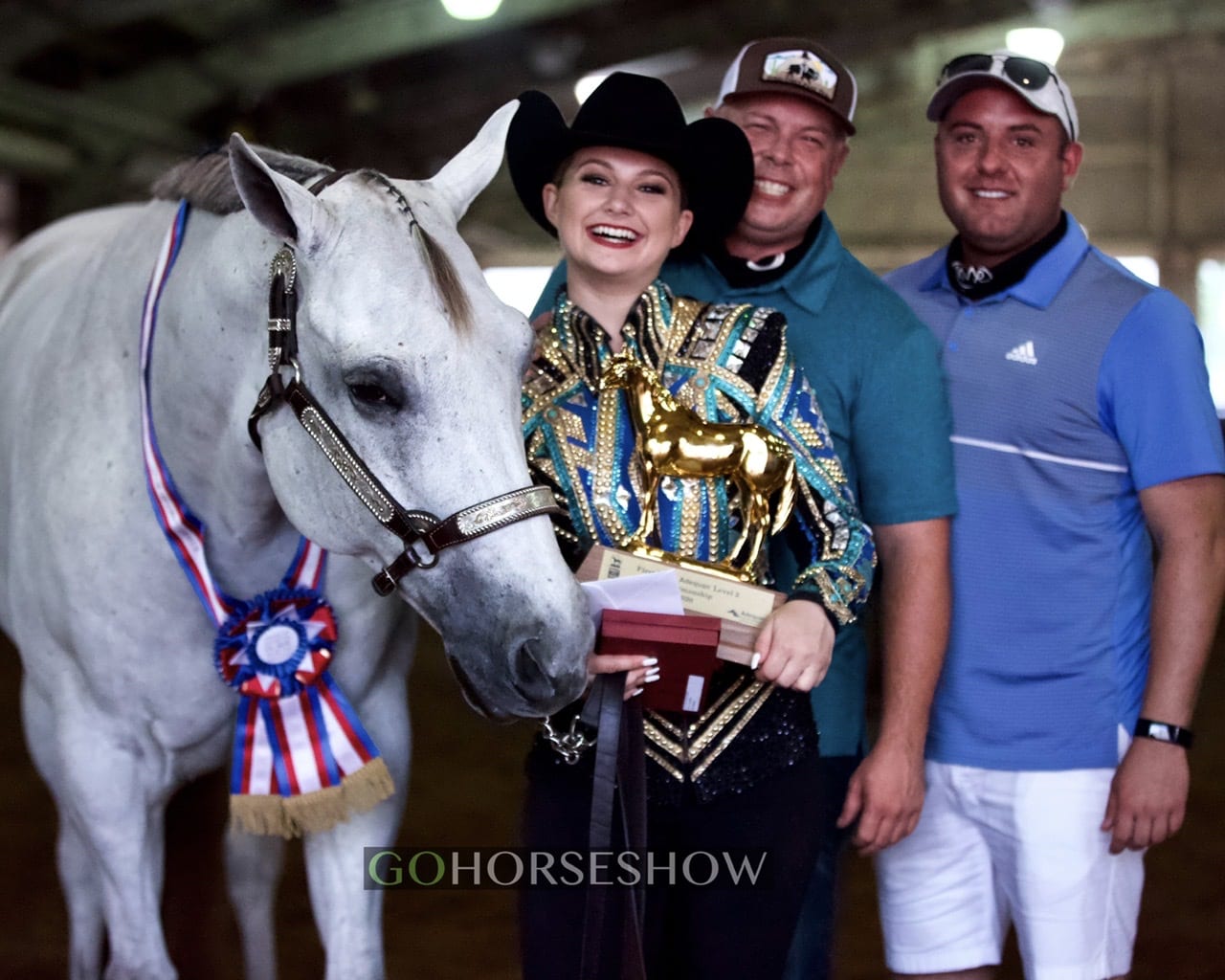 “It’s not good to throw too much at your horse in one session. And this can be especially difficult for those riders who don’t get to ride often or have to travel great distances to ride their horses. So, these ‘cram sessions’ can end up being counter-productive,” Ainsworth warns. “If you try to do too much, you are more likely to have mediocre execution of many elements than excellent execution of a few elements.”
“It’s not good to throw too much at your horse in one session. And this can be especially difficult for those riders who don’t get to ride often or have to travel great distances to ride their horses. So, these ‘cram sessions’ can end up being counter-productive,” Ainsworth warns. “If you try to do too much, you are more likely to have mediocre execution of many elements than excellent execution of a few elements.”
Instead, Ainsworth says you should pick an element of your session that you will focus on, whether that be a lead change, back, pivot, lope departure, etc., and then work on making that great during your ride.
“I always try to get my clients to stop on a good note because where you leave them is where you’ll find them!” Ainsworth emphasizes. “Problems will inevitably arise during lessons, and you may need to shift your focus to deal with those, but make sure you end a ride with some form of improvement.”
“On the other hand, it can be hard to get out of the saddle when your horse is being super responsive, but that deserves the reward of the end of work and not the punishment of trying to do more and more.”
Check in with Yourself
Finally, Ainsworth recommends that riders make it a habit to check in with themselves.
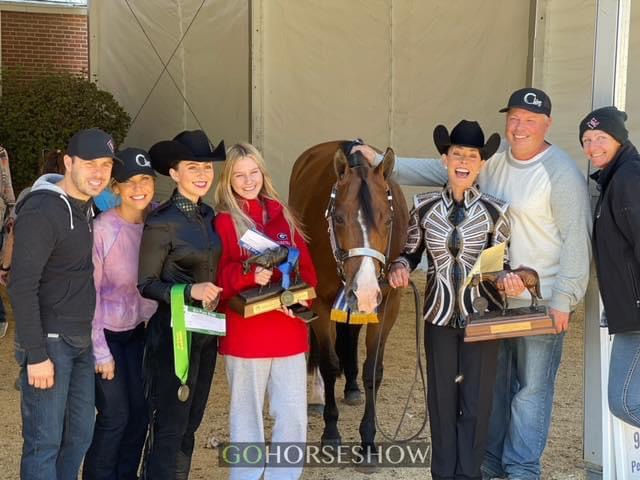 “I like to give my riders checklists that usually follow the body (head to toe) so that they can check in with their bodies while they are riding,” he shares. “Great riders don’t rely on their trainer to always correct them and call out what they need to fix. Great riders have a habit of self-evaluation that serves them well in and out of the pen.”
“I like to give my riders checklists that usually follow the body (head to toe) so that they can check in with their bodies while they are riding,” he shares. “Great riders don’t rely on their trainer to always correct them and call out what they need to fix. Great riders have a habit of self-evaluation that serves them well in and out of the pen.”
To put it into practice, if you are struggling with certain issues, have a mental checklist and check in with your body periodically. For example, every time you pass a certain spot in the arena, ask yourself: Are my eyes up? Are my shoulders back and square? Are my reins even? Is my leg in the proper position? Are my heels down?
***
Remember: Successful people are simply those with successful habits.


